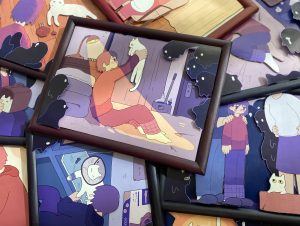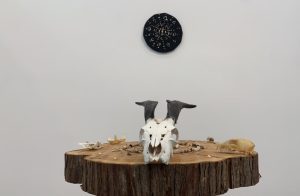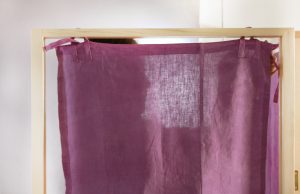Opened Window
Dena Smith and Sam McInnis
See it On Campus: Level 2
Visitor InfoECU Award Recipient
Van Gogh Designs Furniture + Wood Design Graduation Award – Winner
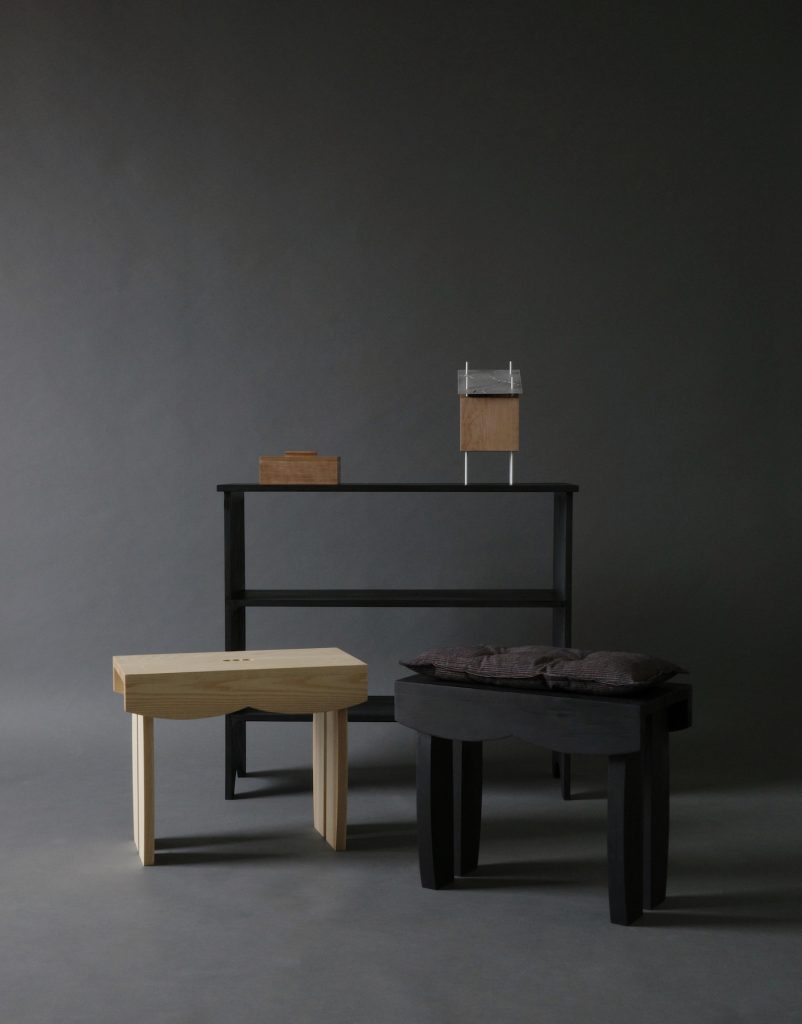
This project explores the philosophical aspects of objects, aiming to understand how objects can help us comprehend our identities and values. It emphasizes the influence our surroundings have on shaping our perspectives and behaviours, and suggests a more thoughtful and less disposable approach to design.
The resulting work materialized as a small collection of furniture and objects which hold significance as both individual components and as part of a larger narrative and idea.
Through our work we intend to offer a dialogue between objects and values; how the things we accumulate can be a physical anchor of who we are and what we care for. As we continue to make in this way we hope to keep ourselves open to larger discussions around the meaning of design and ways that we can better understand ourselves, the world, and our place in it.
*
To begin, we asked ourselves a few questions:
→ What ideas and narratives can objects hold?
→ To what extent do objects and artifacts influence us?
→ What is the spirit of objects? (beyond the context of industry and monetary values)
→ Can we use objects as a way to make sense of both ourselves and our surroundings?
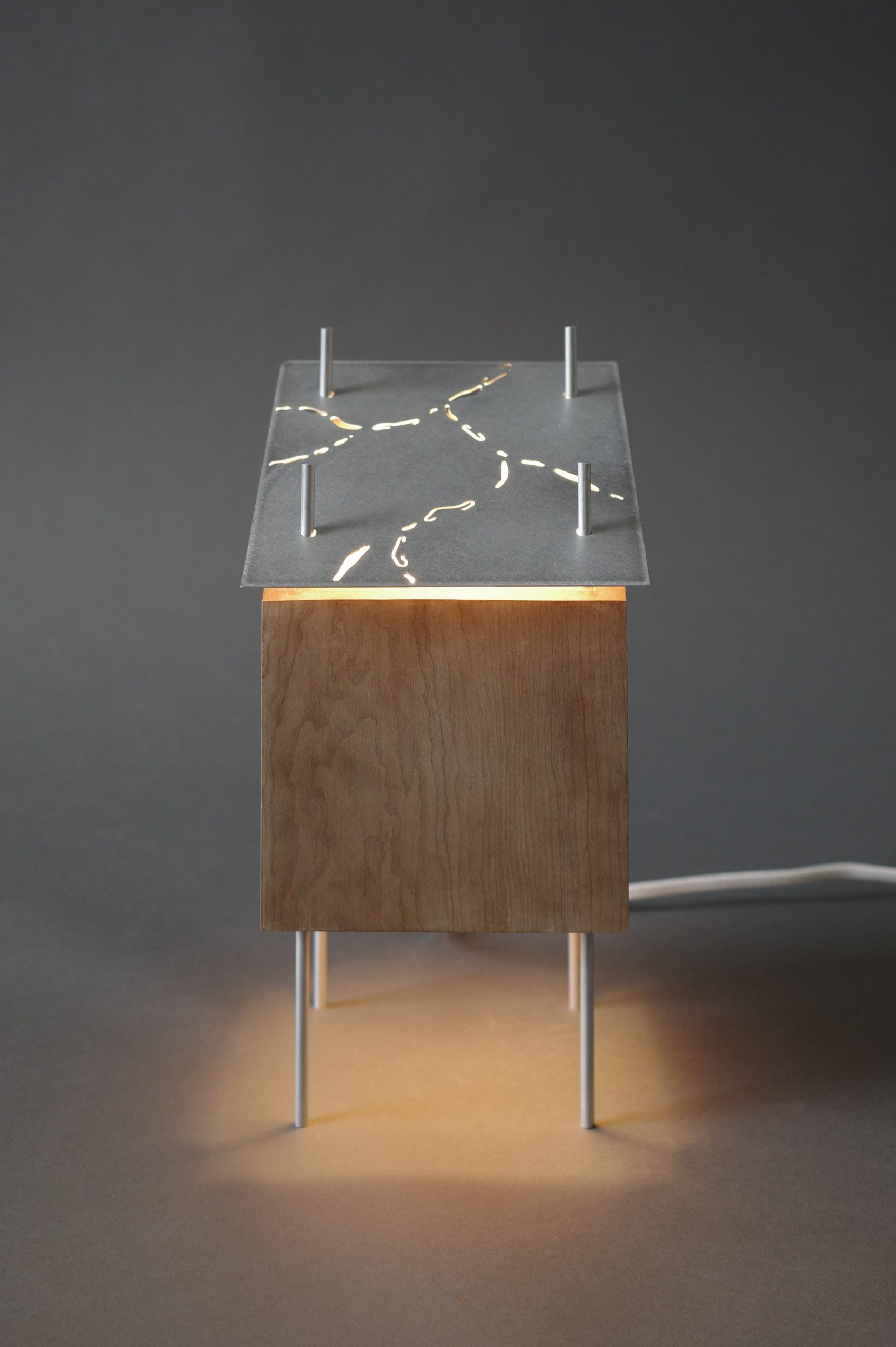
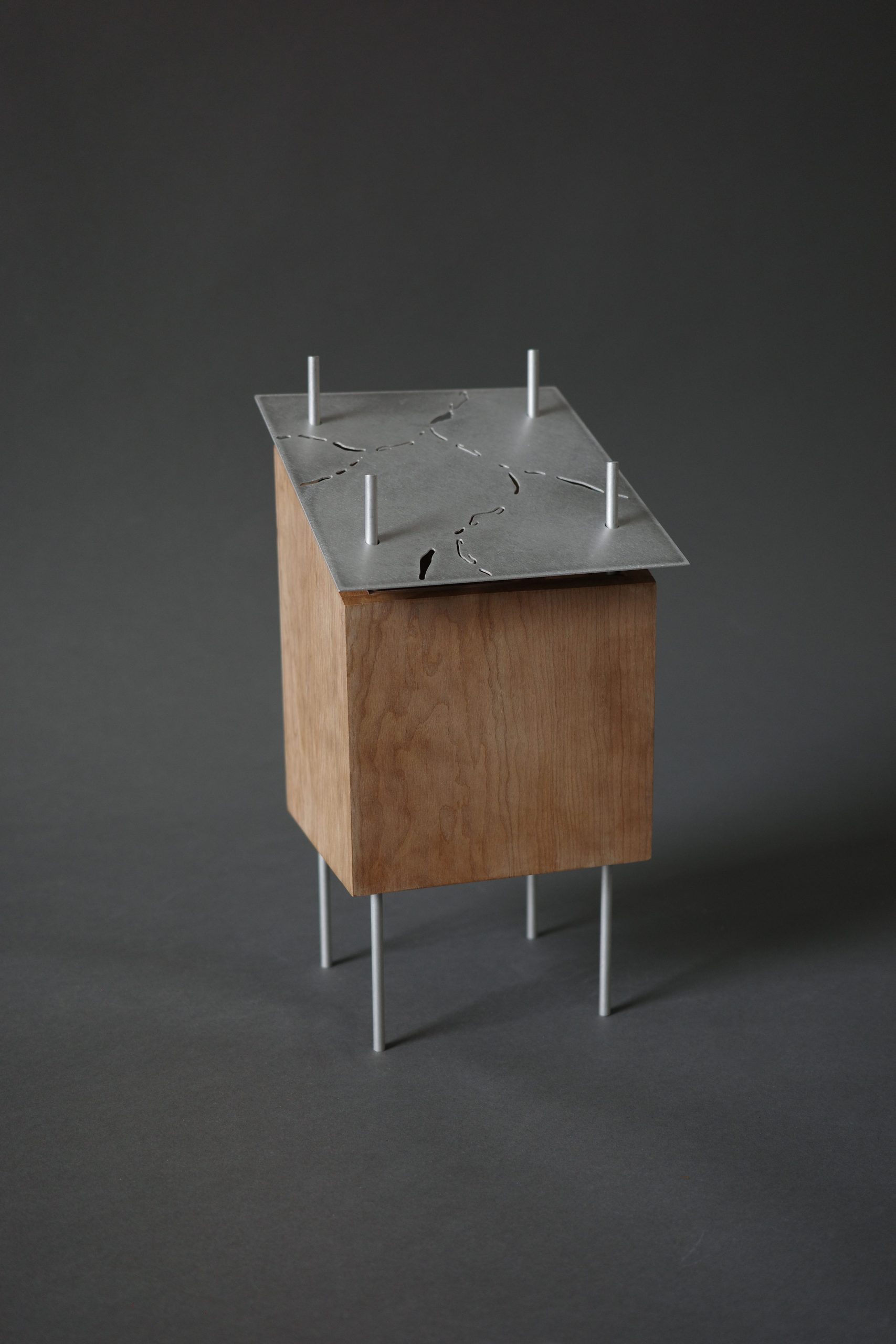
River Lamp, cherry with sandblasted aluminum
The River Lamp is inspired by an Irish folklore called “The Salmon of Knowledge” which tells the story of two boys named Finnegas and Fionn who live in a small wooden house on the edge of the River Boyne and spend their days hoping to catch a magical fish. Finnegas, mentoring Fionn, tells him about the river’s hazelnut trees, whose nuts grant wisdom to the salmon that eats them. When Finnegas, who had been fishing the river for years, finally caught the salmon he had been looking for he quickly put it over the fire, eager to acquire all of the wisdom it held. He instructed Fionn to watch the fish while he was gone, but to under no circumstance eat any of it. Fionn did as he was told, but when touching the fish to see if it was cooked he burnt his thumb and instinctively sucked the juices off of it to ease the pain. When Finnegas arrived home he knew it was too late, he could see that Fionn was changed. Fionn tried to explain the accident but Finnegas assured him it was alright. He now understands what his role was all along. His fate was never to acquire the wisdom himself, but to guide it to the person it was meant for.
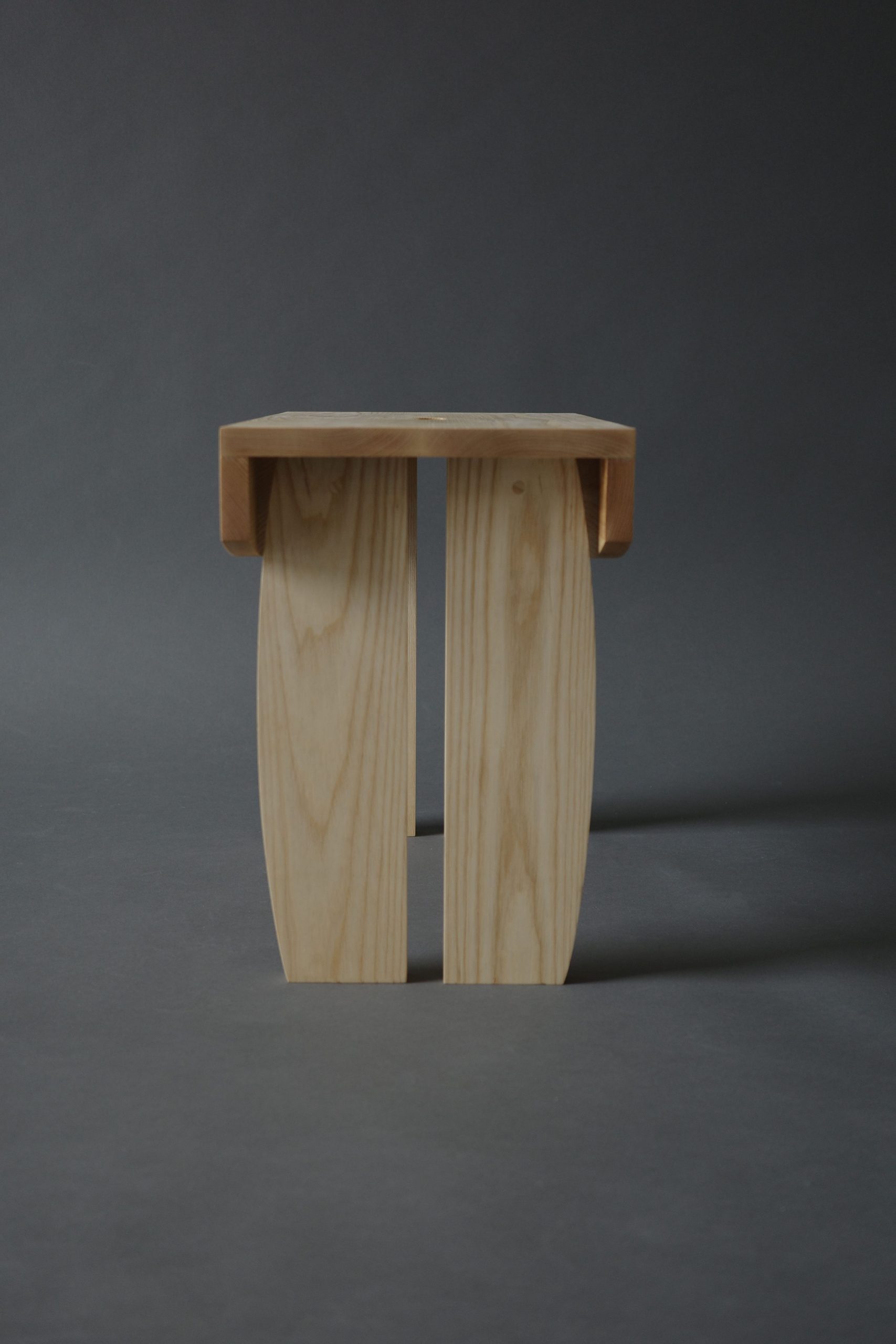
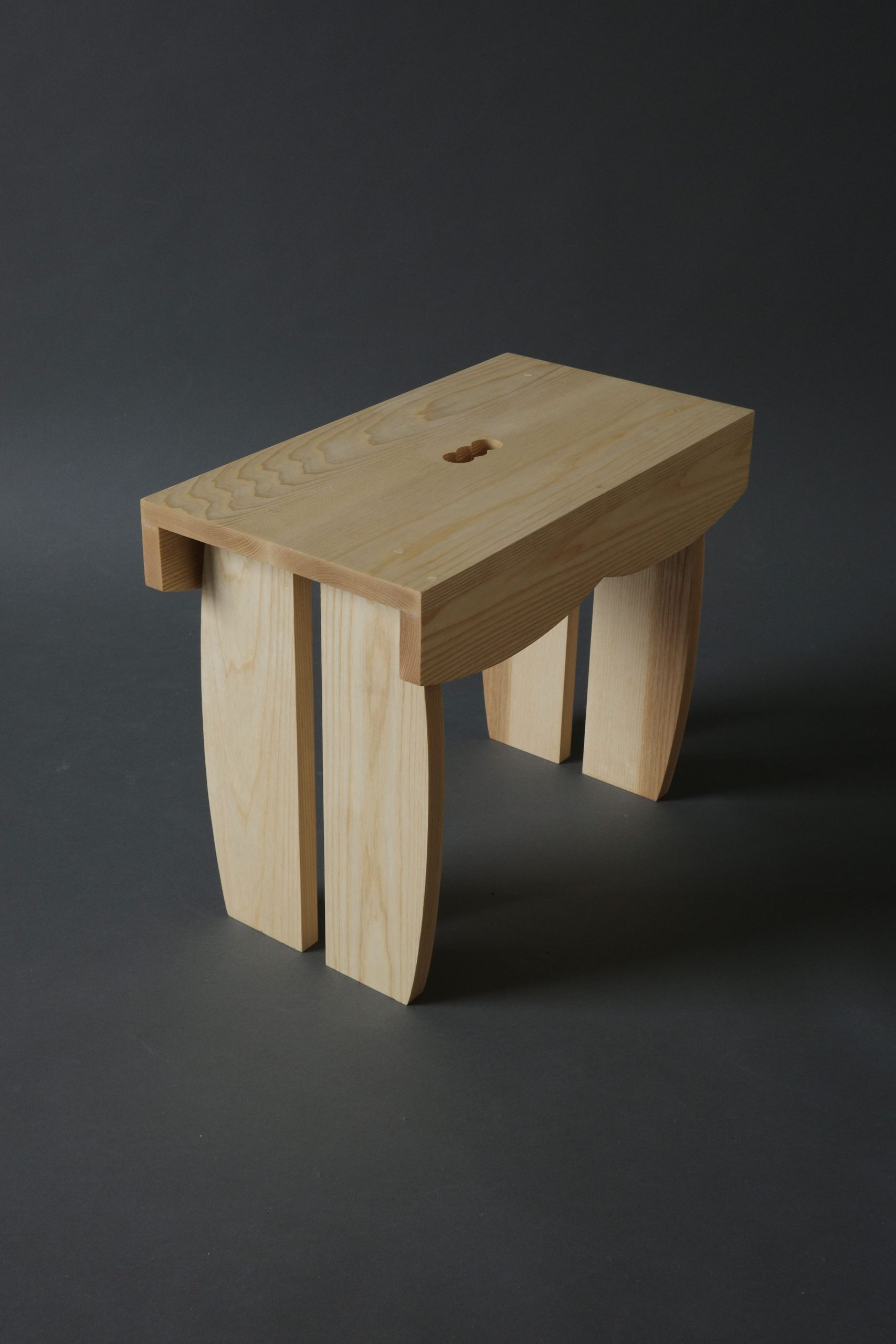
Creepie Stool, ash with finger holes
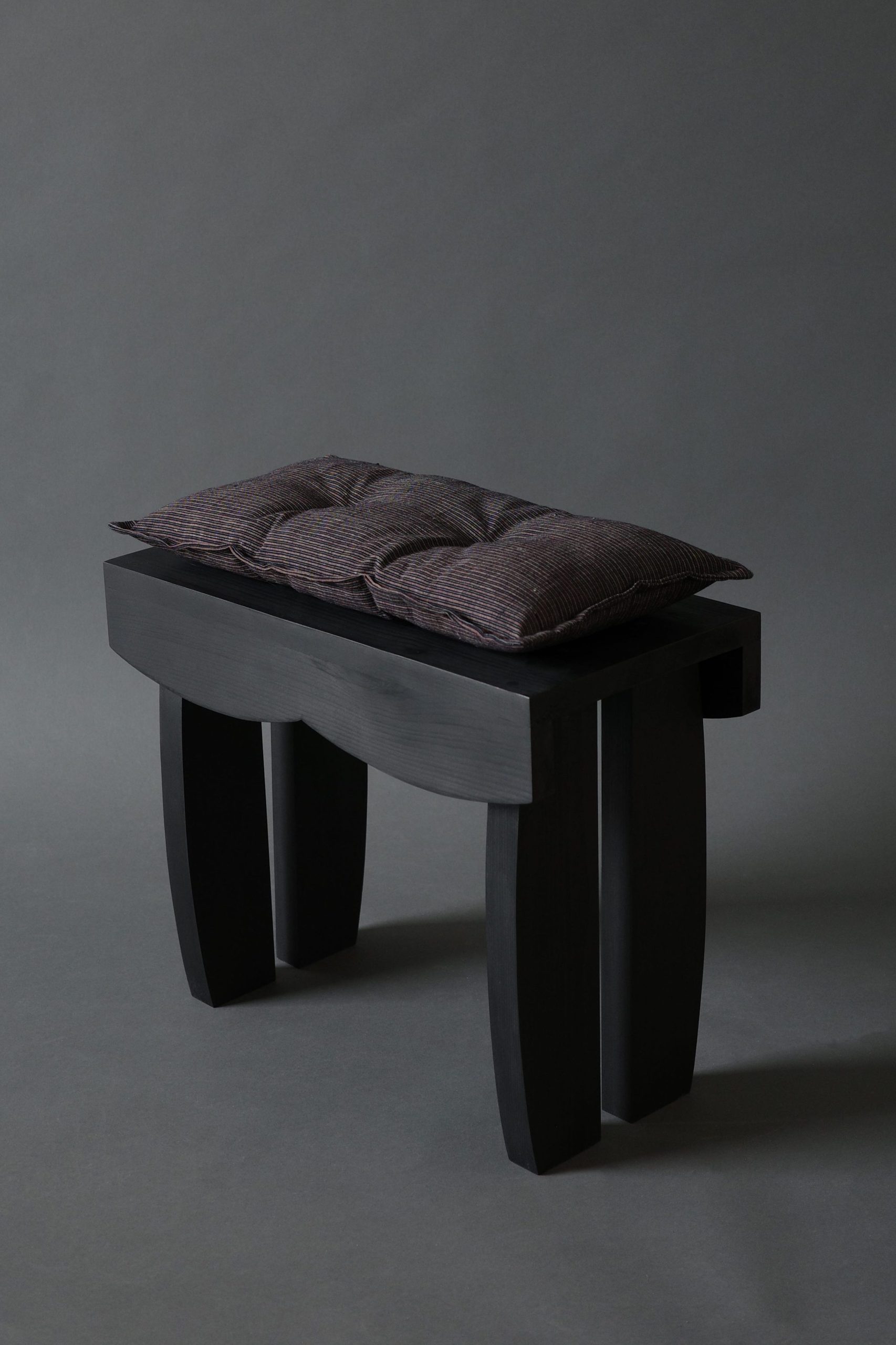
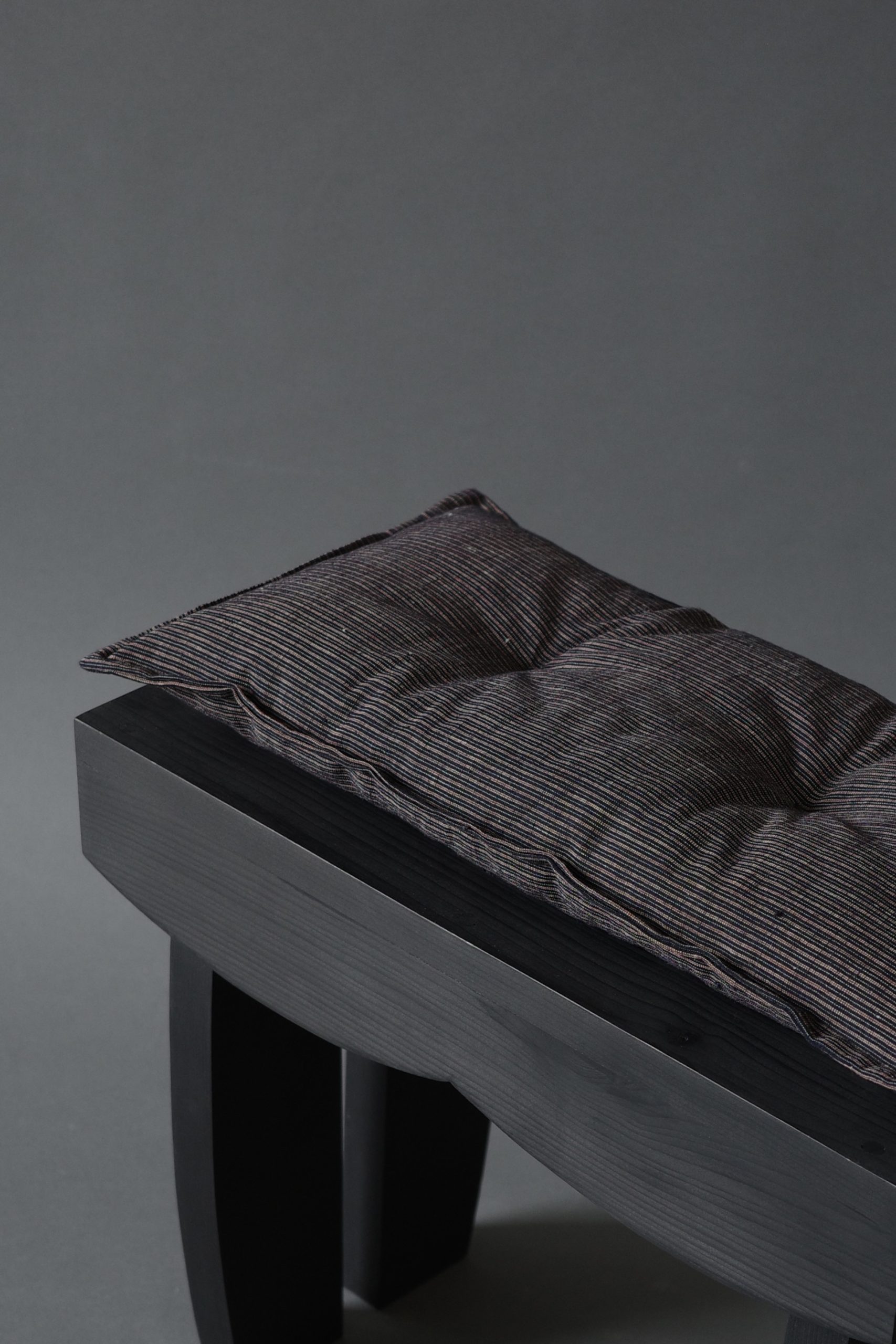
Creepie Stool, pine with India ink & pillow
Our next object references a traditional farm stool known as a Creepie. These stools were common in the Highlands of Scotland and were used for everyday tasks such as milking cows or stirring porridge. Most traditional Creepies feature finger holes for easy transport and a large overhang on the front and back of the seat, which lends to part of its charm. Researching the history of these stools and finding the stories they hold helped us understand how they supported daily life at that time.
While both stools share a similar design, they are different in material and proportions; with one made from ash and the other from pine stained with India ink.
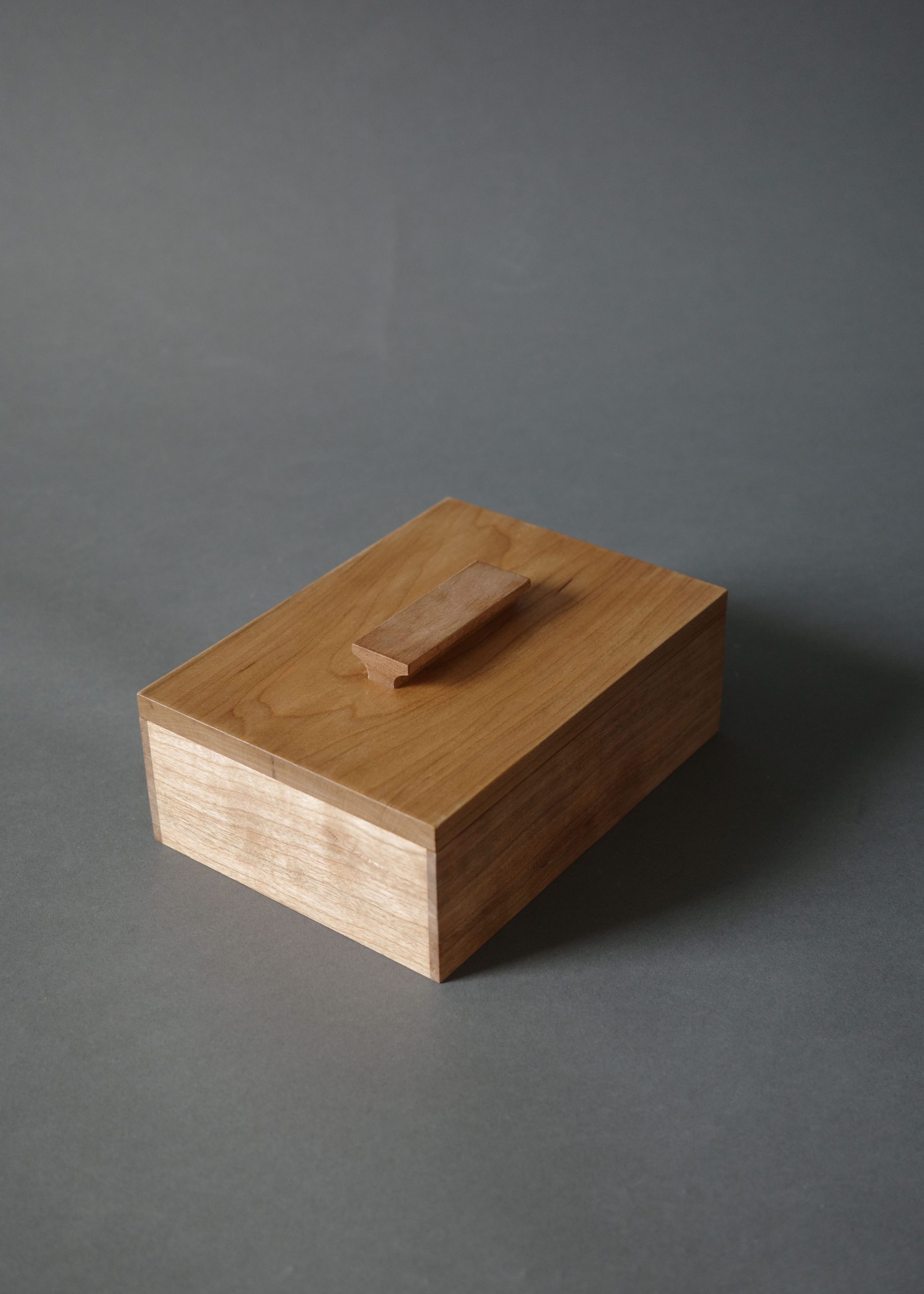
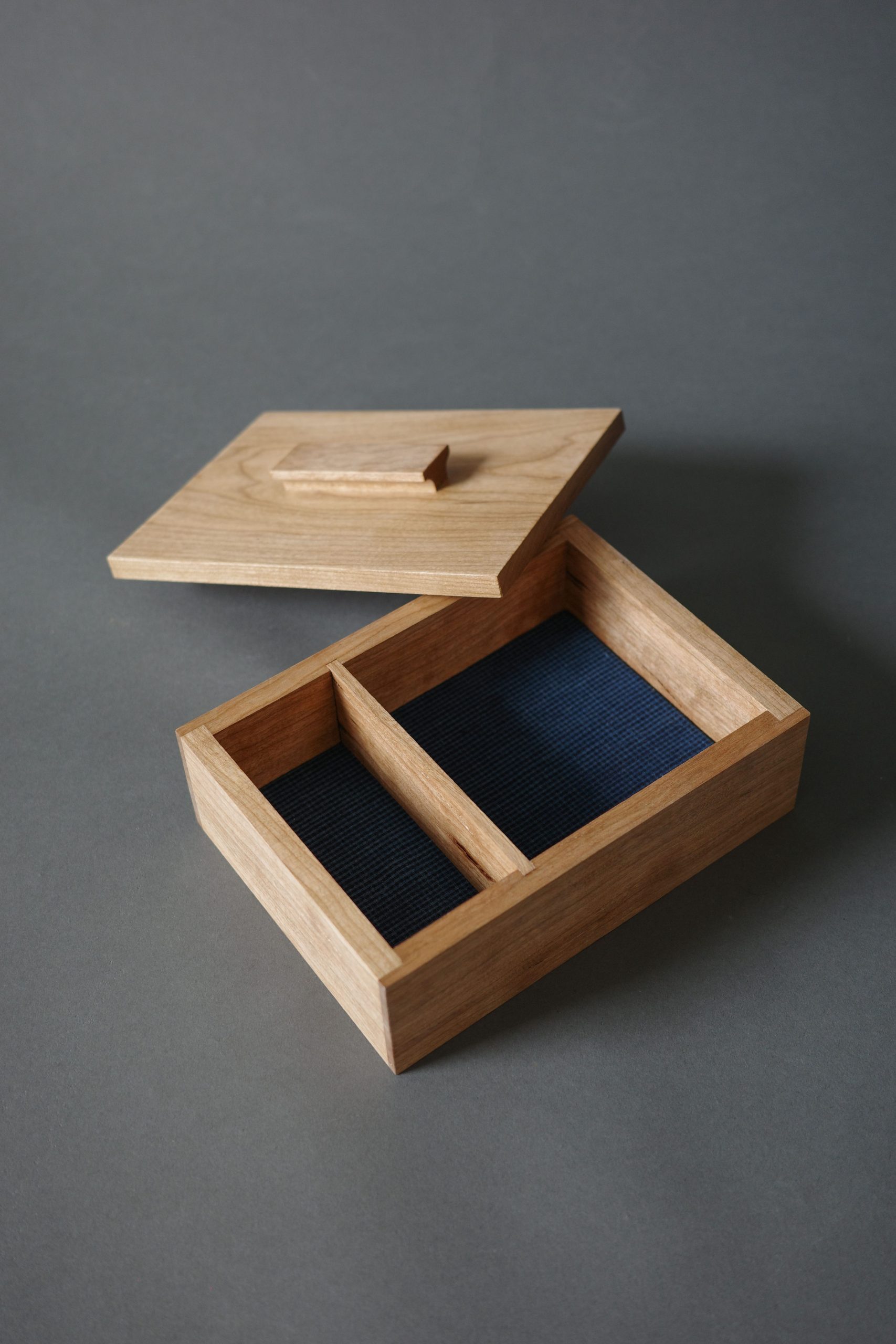
Box, cherry, fabric lined with compartment
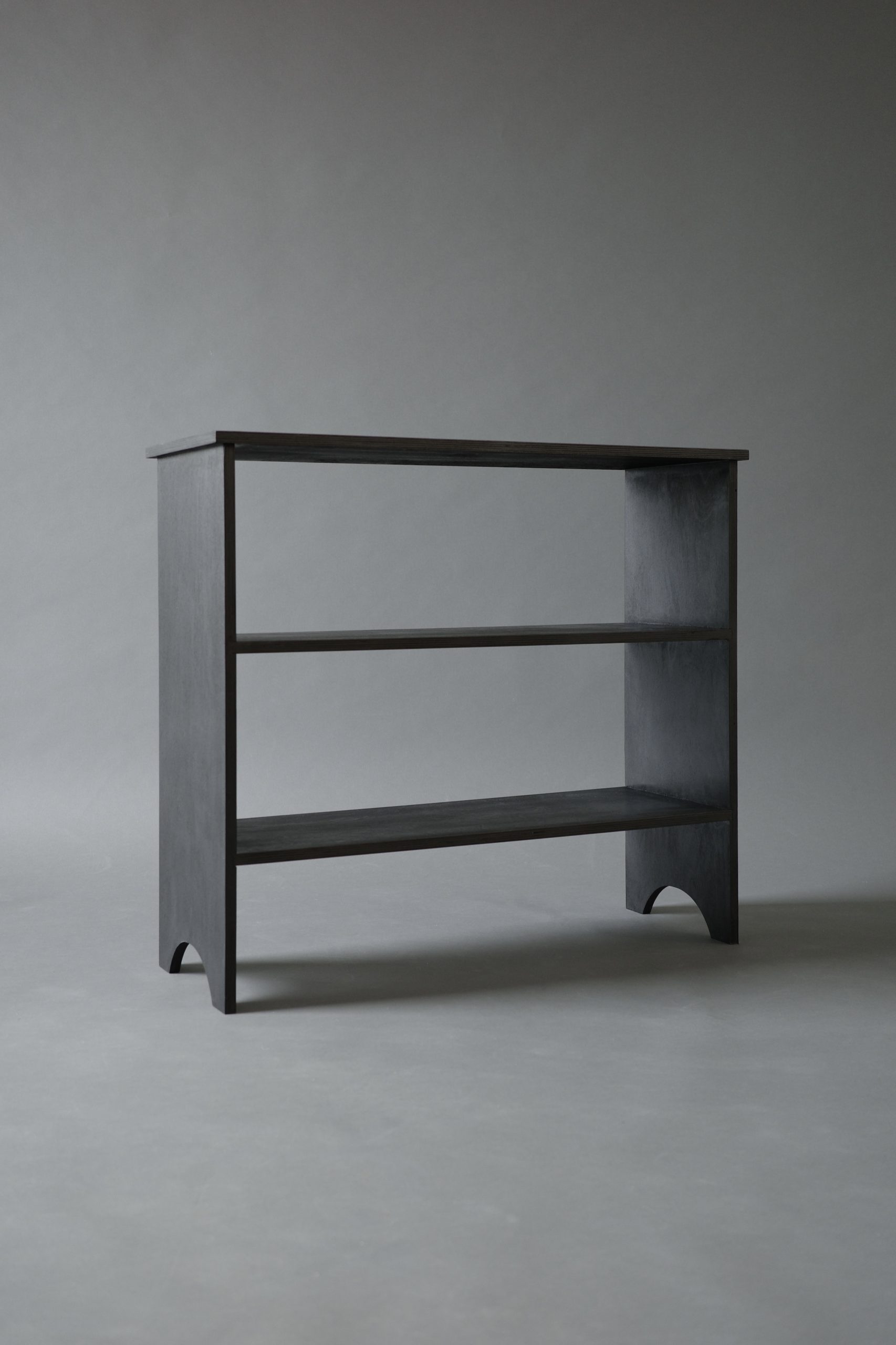
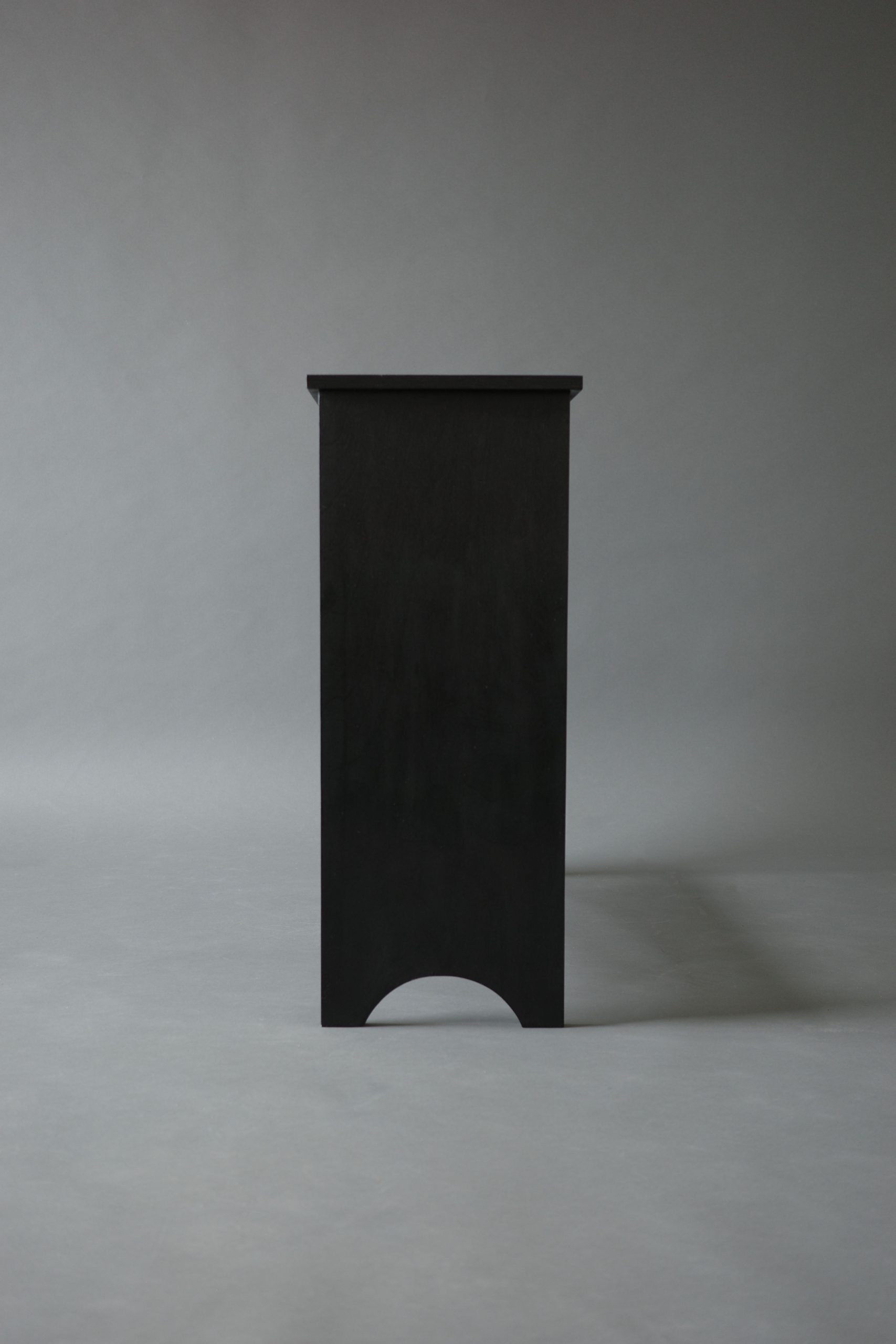
Shelf, birch plywood with India ink
The box and the shelf are intended to highlight the possibility of curating your thoughts and values through objects that are important to you. We see objects like shelves and boxes as “facilitators”, acting as important vessels for expressing narratives and cherishing items that you love.
We found that most often our curiosity lies more in exploring traditional objects like these, identifying their distinctive features, and discovering the enduring values from the past that can inform our path forward.
Much of our discussions, reflections, and design choices while making these items revolved around the histories of craft traditions and present day manufacturing.
To end the project, we wanted to share a few of our closing thoughts:
→ Objects shape us, just as we shape them.
→ Building the muscle of choosing items thoughtfully, making things ourselves, and reflecting on the ways in which we relate to our belongings can change the way we consume on a larger scale.
→ Thinking this way can help us better understand ourselves, the world, and our place in it.
Thank You
*

